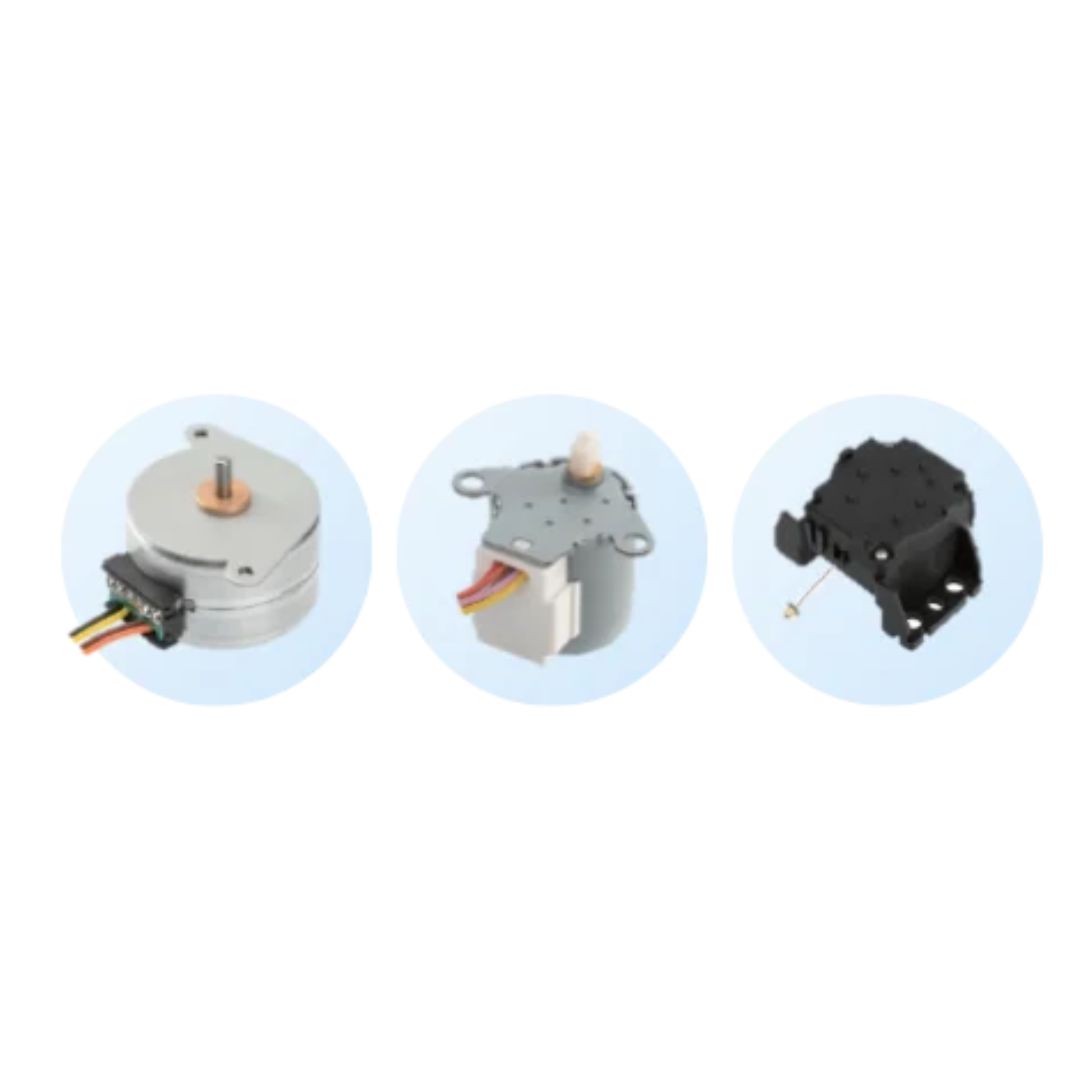
Interior design is entering a new era, and the metaverse is at the heart of this transformation. With virtual worlds becoming more advanced and accessible, interior designers are increasingly exploring digital spaces to reimagine how design is created, presented, and experienced. This isn’t just about experimenting with futuristic technology—it’s about solving real-world challenges and unlocking creative opportunities that traditional design processes often limit.
In the past, designers relied on sketches, mood boards, and static 3D models to help clients visualize their concepts. While effective to some extent, these tools often left room for misunderstanding or disappointment when the final space didn’t match expectations. The metaverse changes that equation by enabling fully immersive, interactive environments. Clients can now walk through virtual spaces, view furniture arrangements, test lighting conditions, and even swap colors or materials instantly—all before a single brick is laid or item is purchased.
This digital shift also offers unmatched efficiency. By prototyping interiors in virtual worlds, designers save time and resources previously spent on revisions and physical samples. Adjustments can be made in real time, ensuring projects stay aligned with client expectations. The result is faster decision-making, reduced costs, and a more sustainable design process—an increasingly important factor in today’s eco-conscious market.
Beyond practical benefits, the metaverse fuels creativity. Freed from the physical constraints of real-world spaces, designers can experiment with bold ideas, gravity-defying structures, or dynamic layouts that would be impossible or prohibitively expensive to construct in reality. These innovations often inspire fresh perspectives that can later be adapted to tangible projects.
Another key driver is client engagement. Presenting a design concept inside the metaverse makes the process far more collaborative and exciting. Clients are no longer passive observers; they become active participants who can explore spaces from different angles, provide instant feedback, and build a deeper emotional connection to the project. This heightened level of involvement leads to stronger trust and satisfaction.
The business advantages are also clear. Firms leveraging metaverse technology stand out in a competitive industry, signaling innovation and forward thinking. For global design practices, virtual platforms eliminate geographical barriers, allowing them to present ideas to clients anywhere in the world without the need for travel or physical showrooms.
In short, interior designers are turning to the metaverse because it combines imagination, precision, and efficiency in a way no other tool has before. It empowers professionals to visualize projects more accurately, collaborate more effectively, and create experiences that are as inspiring as they are practical. As virtual reality technology continues to evolve, this trend is poised to grow even stronger—redefining how spaces are conceived and experienced long before they are built.

